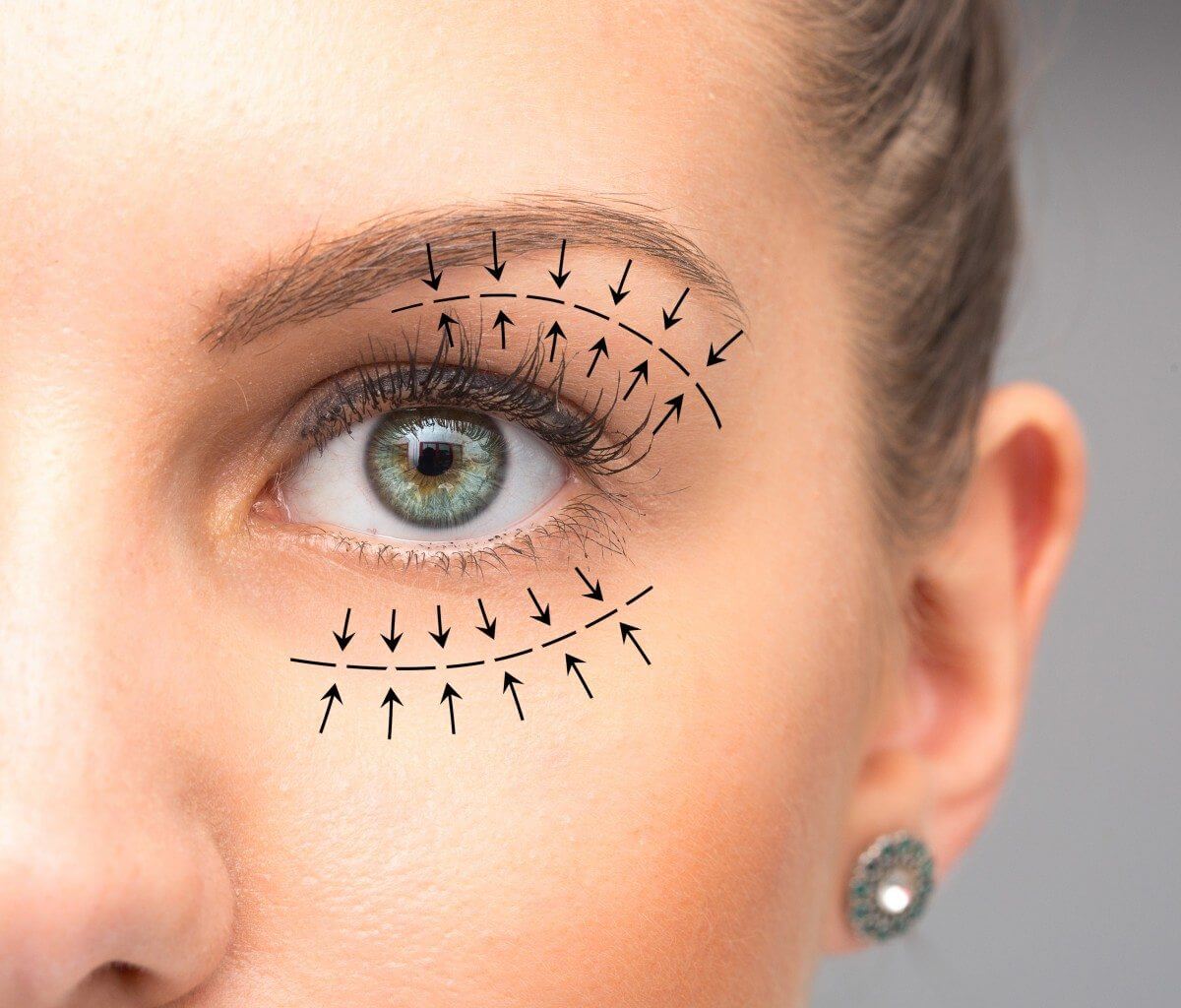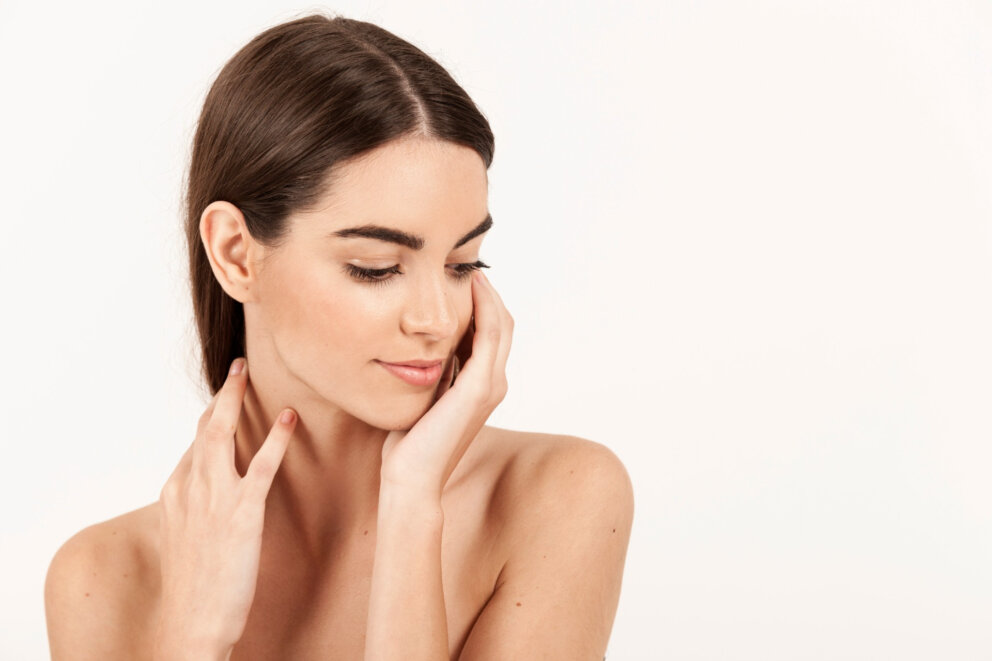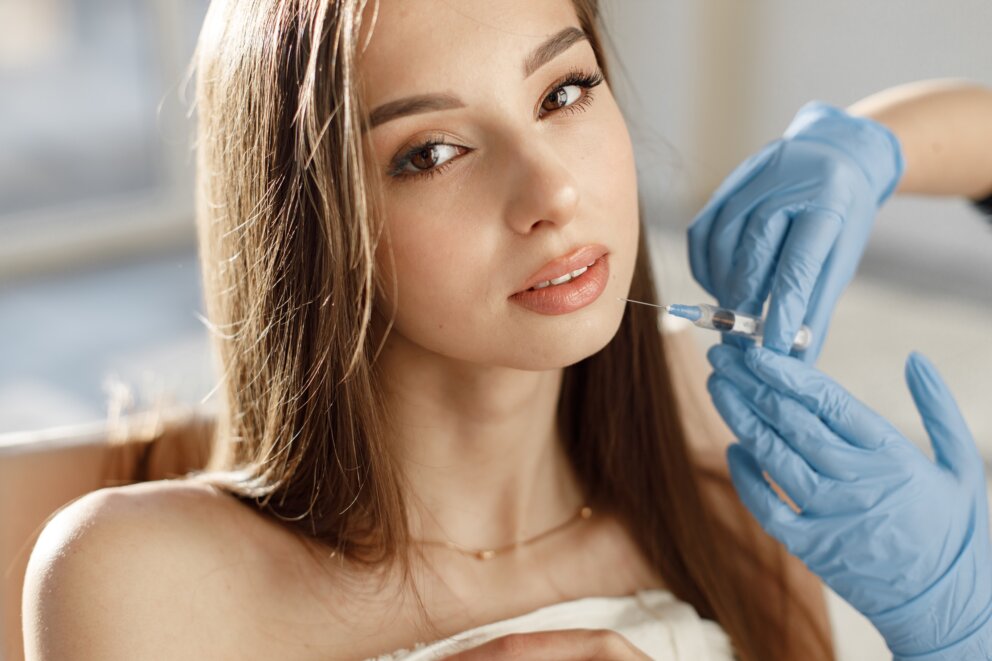Blepharoplasty or eyelid surgery is a type of surgical procedure that removes excess skin from the eyelids, so after the procedure, your eyes will look aesthetically more beautiful and at the same time resolve your discomfort.
Blepharoplasty, also known as eyelid surgery, is a surgical procedure that corrects sagging or droopy eyelids (ptosis - drooping). The skin of the eyelid is thinner than in other parts of the face and tends to show the first signs of ageing. Droopy or sagging eyelids can also affect your peripheral vision over time and can also make daily activities difficult or give you a tired appearance.
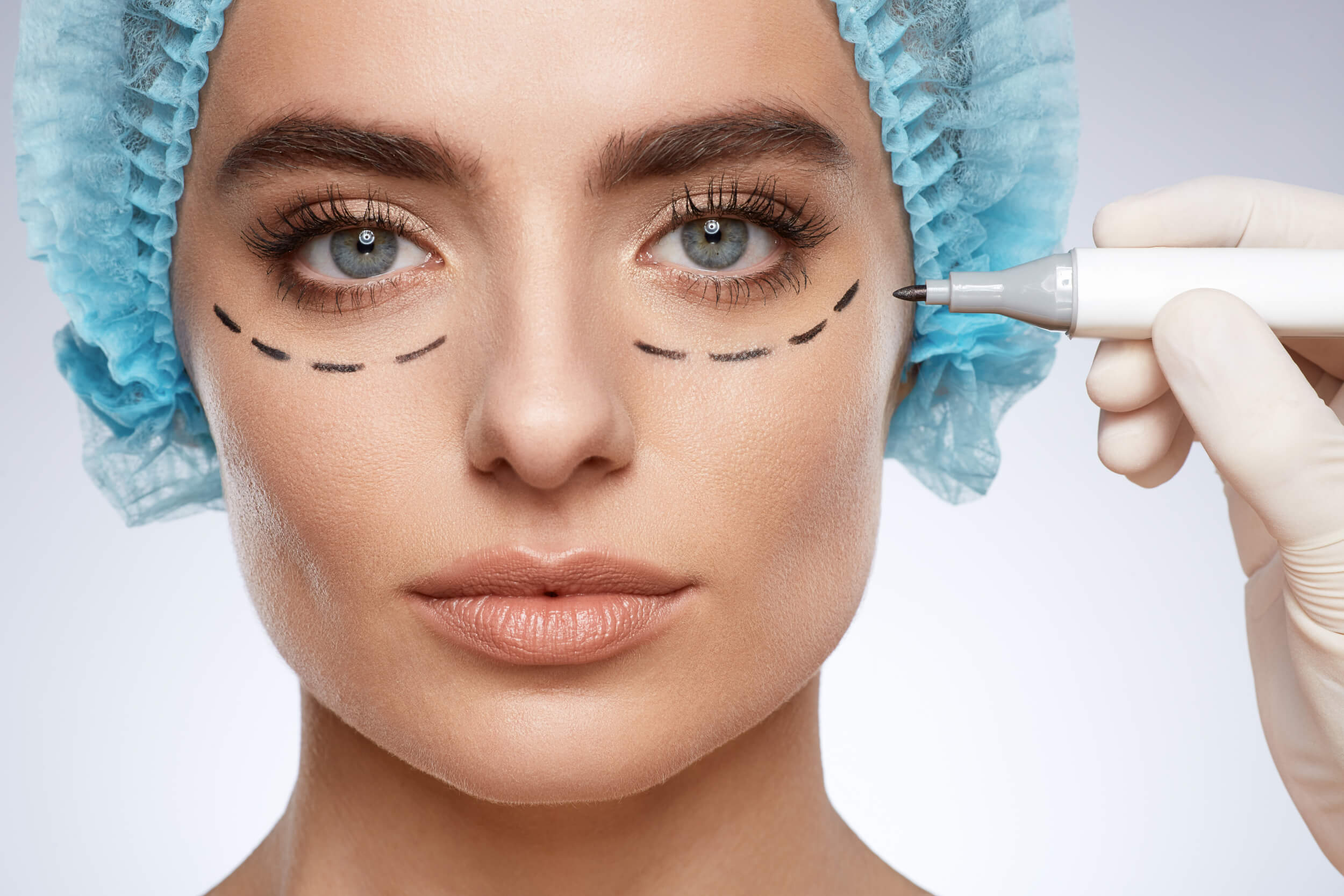
Types of blepharoplasty:
There are two types of blepharoplasty: functional and cosmetic.
- Functional blepharoplasty removes excess skin that obscures your field of vision.
- Cosmetic blepharoplasty can be performed on either the upper or lower eyelid, or both. Depending on the type of lower eyelid blepharoplasty, either the excess skin in the lower eyelid is removed or a redistribution or removal of excess fat is performed.
Why undergo this procedure?
Blepharoplasty can be an alternative solution to the problems:
- Baggy or droopy upper eyelids
- Excess upper eyelid skin that partially blocks peripheral vision
- Excess skin on the lower eyelids
- Bags under the eyes
What can you expect?
Blepharoplasty is usually performed on an outpatient basis. You may be given injections into your eyelids to numb them or medication to help you relax. "The procedure is done under local anaesthesia as it is a small area. If the client requires it, general anaesthesia can also be chosen. The procedure can take anywhere from 30 to 60 minutes, depending on whether you are having the procedure on both the upper and lower eyelids. The first ten days after the surgery will see the scar firm up. After two months, the scar tends to boil or "graduate." During this period, clients use burdock compresses or have gentle massages with a cream as recommended," explains the plastic surgeon and then adds that after this procedure it is possible to go on vacation after about two weeks. "If there are no complications, it is also possible to go to the sea. However, one should not expose oneself to direct sunlight as the skin is easily burned in this area. Glasses with UV filters are an excellent solution," says the deputy head of the plastic surgery department MUDr. Ondrej Belej.
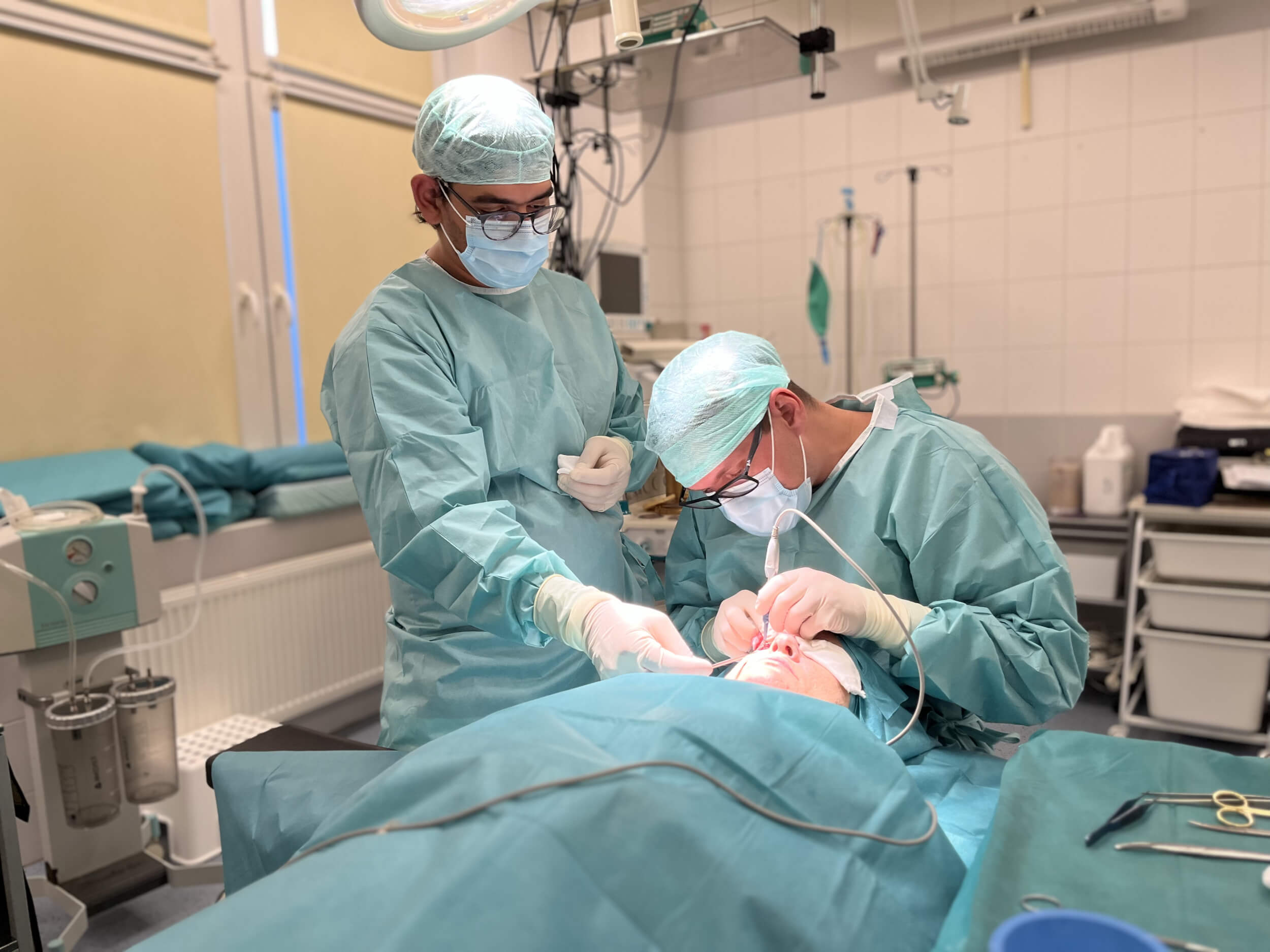
After surgery, you may have temporary:
- Blurred vision due to ointment applied to the eyes
- Watery eyes
- Light sensitivity
- Double vision
- Inflated, numb eyelids
- Black eye-like swellings and bruises
- Pain or discomfort
Steps to help you recover faster:
- Use prescribed eye drops or ointments.
- Sleep for a few days with your head raised higher than your chest.
- Apply cool compresses to relieve swelling.
- Wear dark sunglasses to protect the skin of your eyelids from the sun and wind.
What not to do?
- Do nothing strenuous for a week or so - no heavy lifting, swimming, running or aerobics.
- Avoid smoke.
- Don't rub your eyes.
Are you a suitable candidate?
You should always have realistic expectations before undergoing blepharoplasty. While this procedure may improve the appearance of your eyelids, it will not dramatically change your face. In this case, it is necessary to undergo a different type of intervention. If you are considering blepharoplasty, you should be in good overall health, not smoke, not suffer from any serious eye diseases, and also not have facial tissue and muscles that are unhealthy.
Not everyone is a good candidate for eyelid correction, but there are other ways to improve the appearance of eyes with droopy eyelids:
Botox injections can help lift the eyebrows and improve the appearance of the eyes.
Dermal fillers can help lift the eyebrows and tighten the skin around the eye.
Radiofrequency treatments use electromagnetic current to tighten the skin and lift the eyebrows.
Thread lifts are temporary stitches that lift the eyebrows slightly .
